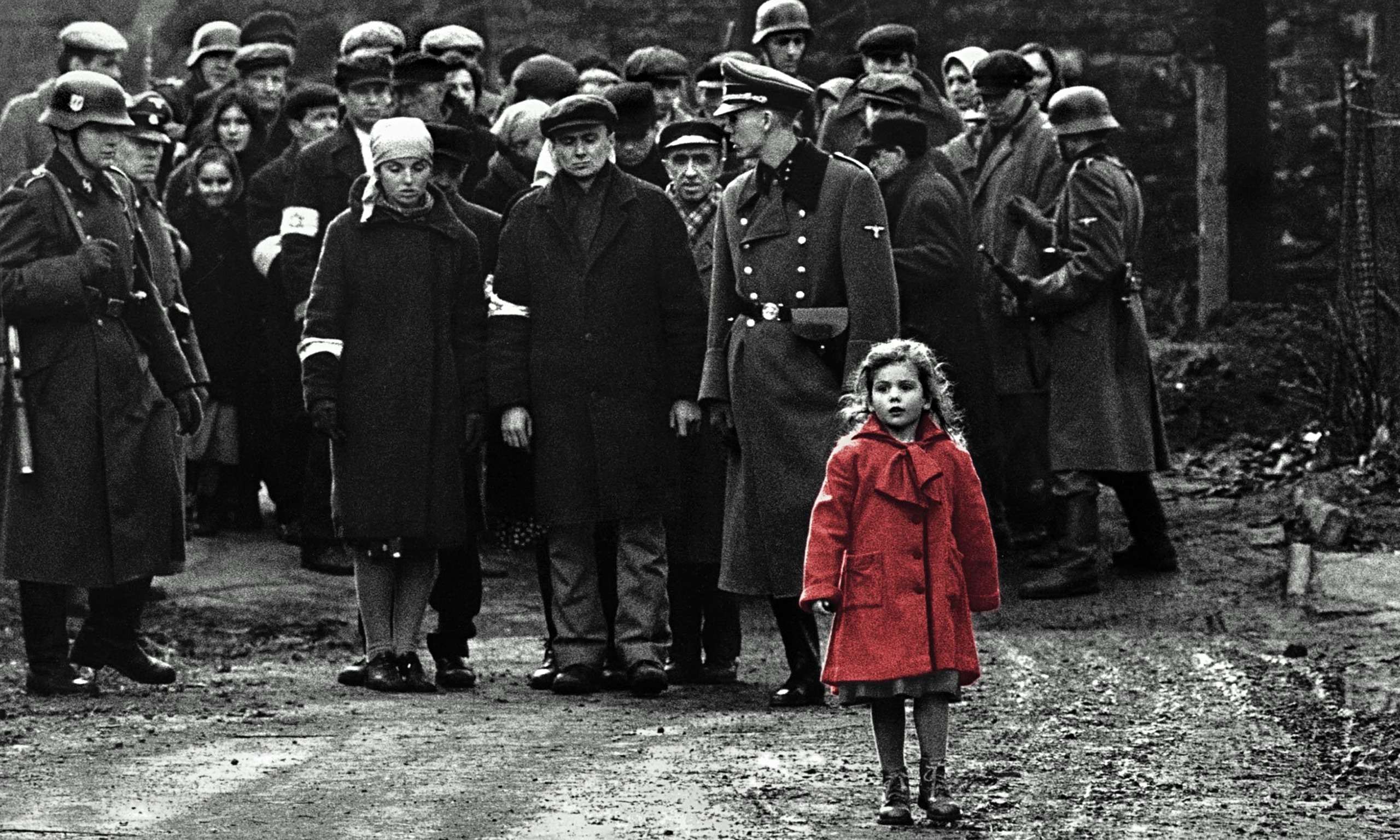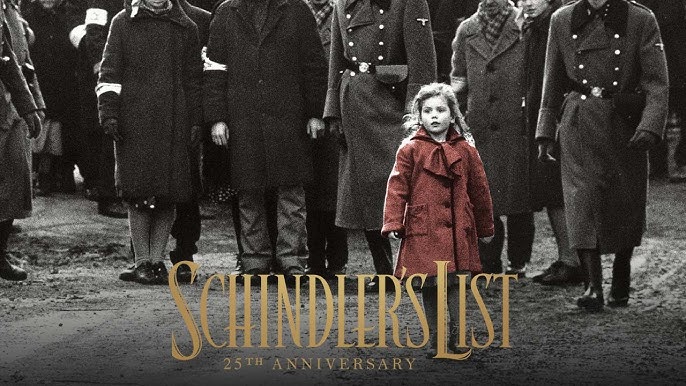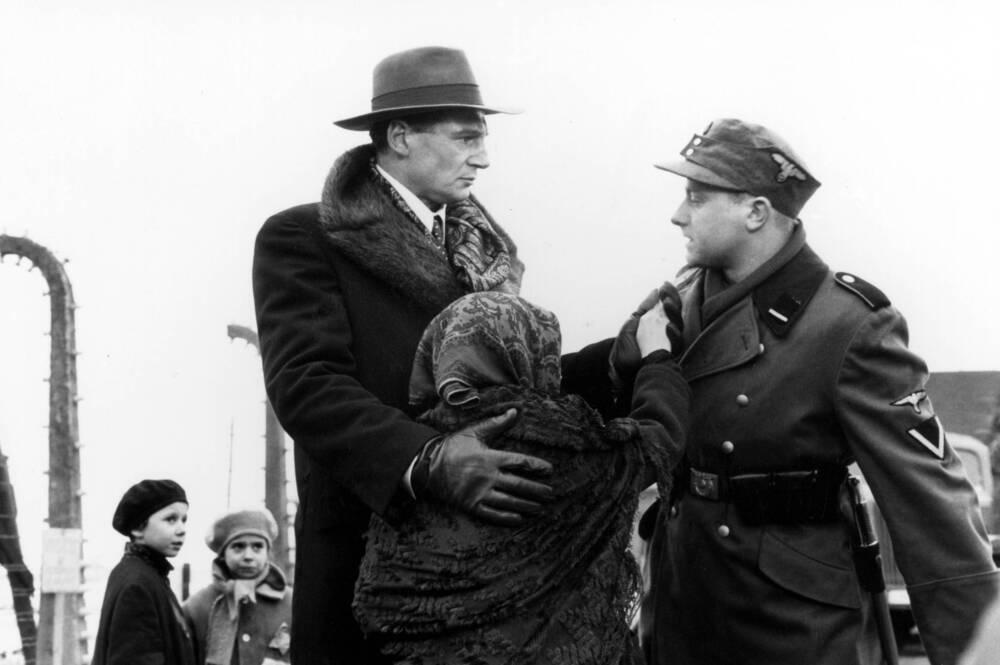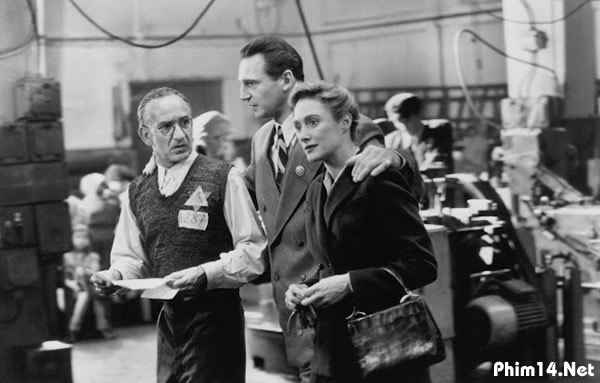Schindler’s List (1993)

Schindler’s List (1993) – Summary
“Schindler’s List,” directed by Steven Spielberg, is a powerful historical drama based on true events during World War II. The film tells the story of Oskar Schindler, a German industrialist and member of the Nazi Party, who ultimately saves the lives of over 1,100 Polish Jews from the Holocaust.
At the beginning of the film, Schindler arrives in Kraków, Poland, seeking to profit from the war by using Jewish labor in his factory. With the help of Itzhak Stern, a Jewish accountant, Schindler acquires workers for his enamelware factory and gains wealth and influence. Initially motivated by greed and opportunism, Schindler gradually becomes horrified by the atrocities committed by the Nazis, particularly under the ruthless command of Amon Göth, an SS officer.
As the Holocaust intensifies, Schindler’s priorities shift from profit to saving lives. Using his factory as a haven, he bribes Nazi officials and creates a list of “essential workers” to protect them from deportation to concentration camps. Despite immense personal risk, Schindler’s actions save hundreds of men, women, and children.
The film poignantly portrays the horrors of the Holocaust, contrasting Schindler’s moral transformation with the inhumanity of the Nazi regime. It concludes with a moving tribute to Schindler’s legacy, as the descendants of those he saved, known as “Schindler Jews,” visit his grave in Jerusalem.
“Schindler’s List” is widely acclaimed for its emotional depth, historical accuracy, and profound message about humanity, courage, and the impact one person can make.











